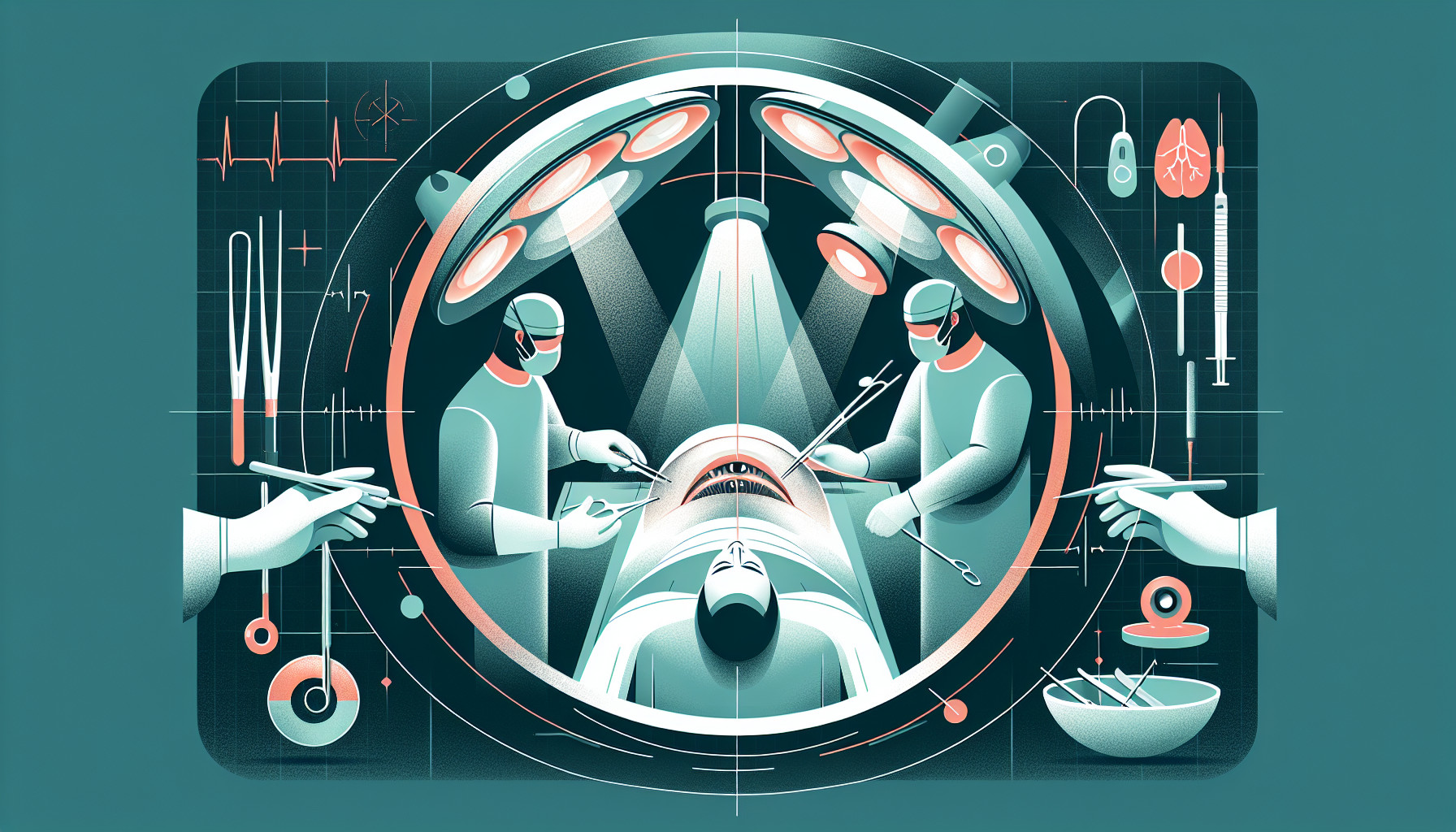Our Summary
This paper looks back at the history of cataract surgery over the last 100 years and makes some predictions about how it might change in the next 50 years. It explains how methods that were once seen as controversial, like phacoemulsification (a technique to remove cataracts using ultrasound) and the use of intraocular lenses, are now considered the best approach. Other improvements include making the surgery an outpatient procedure, reducing patient’s recovery time, not needing stitches, and the use of local anesthesia. The author predicts that in the future, we could see medicines for conditions like nuclear sclerosis (hardening of the lens) and presbyopia (age-related farsightedness), more use of lens surgery for vision correction with highly precise post-surgery adjustments, more automated lens removal procedures, and new types of intraocular lenses that can adjust to help the eye focus. The paper emphasizes that understanding the history of the field is crucial to appreciate these advancements and to speculate about the future.
FAQs
- What changes have occurred in the methods of cataract surgery over the past 100 years?
- What advancements in cataract surgery does the author predict for the next 50 years?
- Why does the author emphasize the importance of understanding the history of cataract surgery?
Doctor’s Tip
A doctor might tell a patient that cataract surgery is a safe and effective procedure that can greatly improve their vision. They may advise the patient to follow the pre-operative instructions provided, such as avoiding eating or drinking before the surgery, and to arrange for a ride home after the procedure. They may also recommend discussing any concerns or questions with their surgeon before the surgery to ensure they feel comfortable and informed. Additionally, the doctor may remind the patient to follow the post-operative care instructions carefully, such as using prescribed eye drops and attending follow-up appointments.
Suitable For
Patients who are typically recommended cataract surgery include those who have significant vision impairment due to cataracts that interferes with their daily activities, such as driving, reading, or watching TV. Other factors that may indicate the need for cataract surgery include difficulty seeing at night, experiencing glare or halos around lights, and having blurred or distorted vision. Additionally, patients with cataracts that are causing other eye conditions, such as glaucoma or macular degeneration, may also be recommended for surgery to improve their overall eye health. It is important for patients to consult with an ophthalmologist to determine if cataract surgery is the best option for their individual situation.
Timeline
Before cataract surgery:
- Patient notices symptoms such as blurry vision, difficulty seeing at night, glare from lights, and colors appearing faded.
- Patient visits an ophthalmologist for an eye exam, where cataracts are diagnosed.
- Ophthalmologist discusses treatment options with the patient, including surgery.
- Patient undergoes pre-operative testing and measurements to determine the appropriate lens implant.
- Patient receives instructions on how to prepare for surgery, including fasting before the procedure.
After cataract surgery:
- Patient arrives at the surgical center or hospital for the procedure.
- Patient is prepped for surgery, including receiving local anesthesia.
- Surgeon performs the cataract removal procedure, typically using phacoemulsification.
- Intraocular lens is implanted to replace the removed natural lens.
- Patient is monitored in the recovery area before being discharged.
- Patient may experience some discomfort, itching, or blurry vision in the days following surgery.
- Patient follows post-operative instructions provided by the surgeon, including using prescribed eye drops and avoiding strenuous activities.
- Patient attends follow-up appointments to monitor healing and vision improvement.
- Patient enjoys improved vision and reduced dependence on glasses or contact lenses.
What to Ask Your Doctor
What are the potential risks and complications associated with cataract surgery?
What type of cataract surgery do you recommend for my specific case (traditional vs. laser-assisted)?
What are the expected outcomes of the surgery in terms of vision improvement?
How long is the recovery period and what can I expect during the recovery process?
Will I need to wear glasses or contact lenses after the surgery?
What are the alternatives to cataract surgery, and when is surgery necessary?
How experienced are you in performing cataract surgery, and what is your success rate?
Will I need any additional procedures or treatments before or after the surgery?
How soon after the surgery will I be able to resume normal activities, such as driving or exercising?
Are there any lifestyle changes or precautions I should take before or after the surgery to ensure successful results?
Reference
Authors: Olson RJ. Journal: Am J Ophthalmol. 2018 Jan;185:10-13. doi: 10.1016/j.ajo.2017.08.020. Epub 2017 Sep 6. PMID: 28887114
